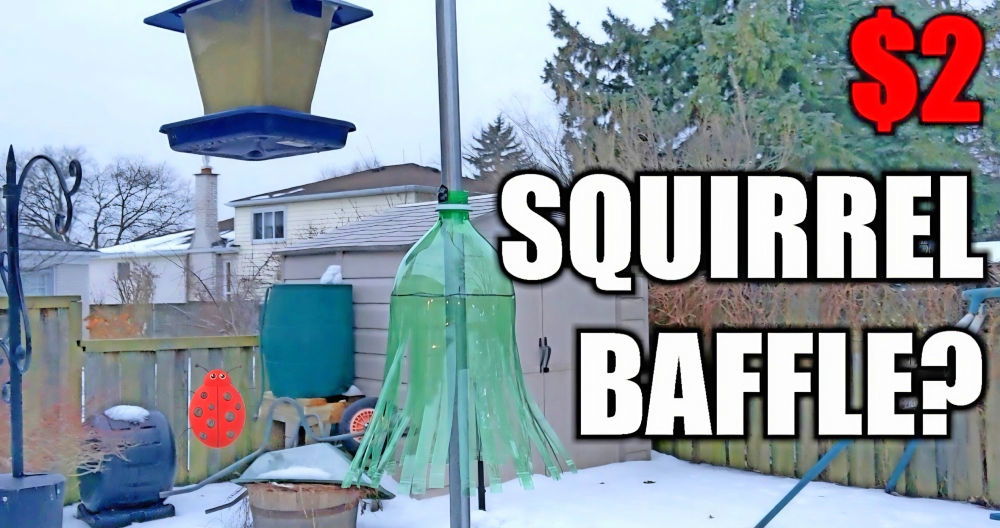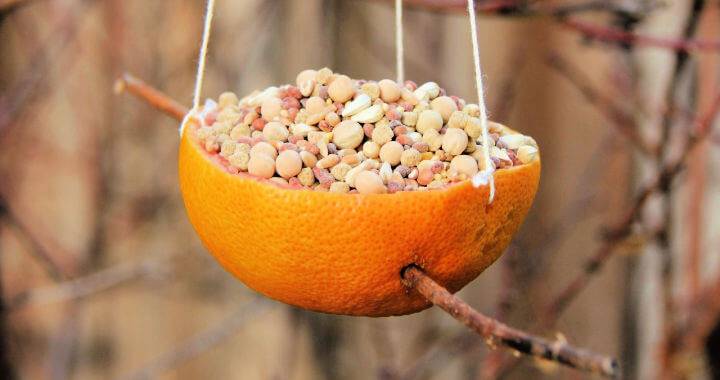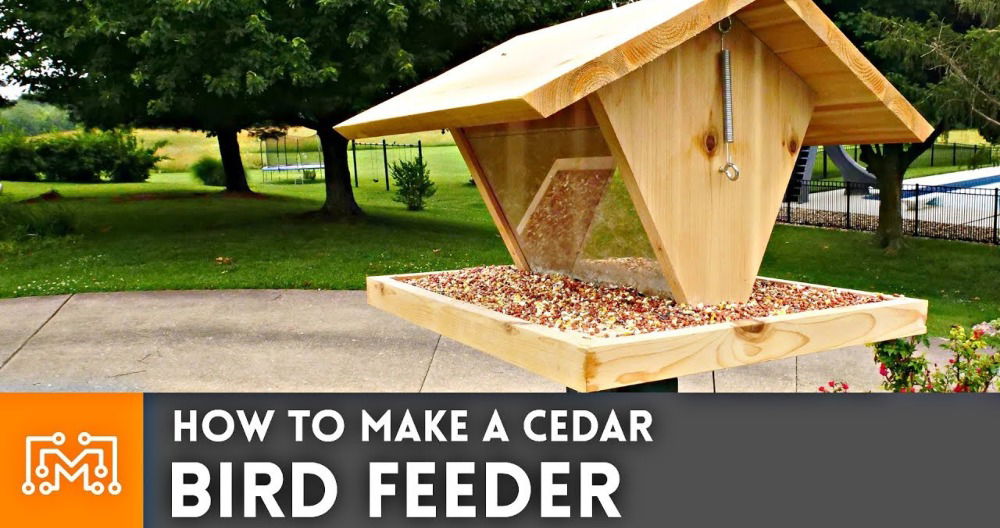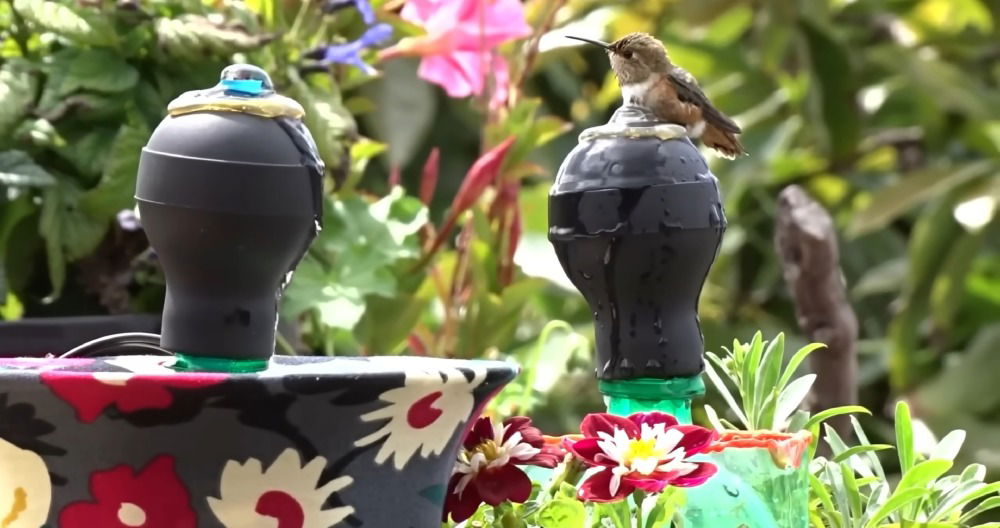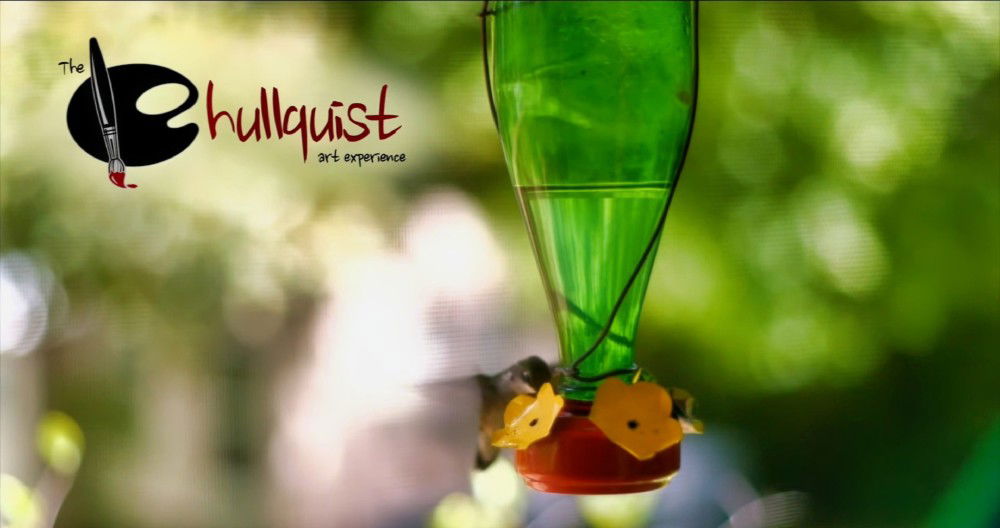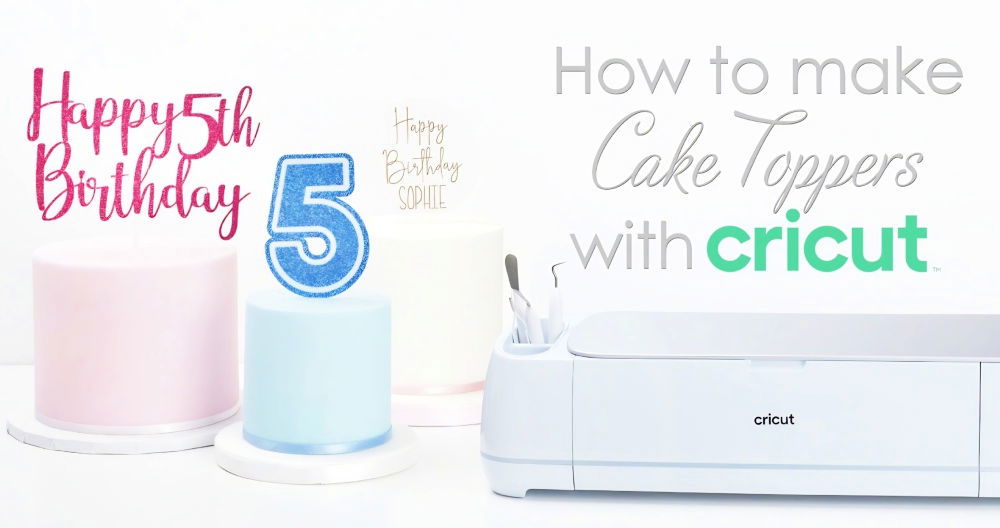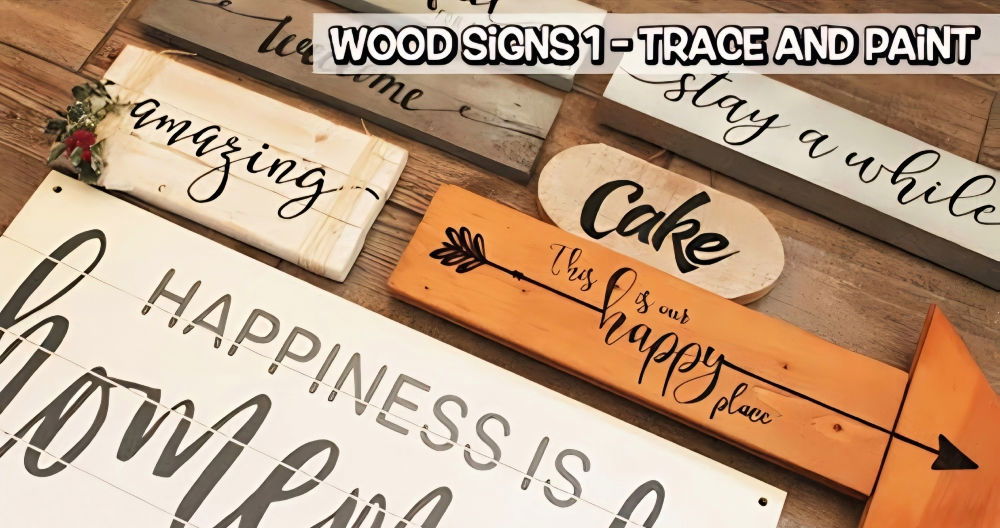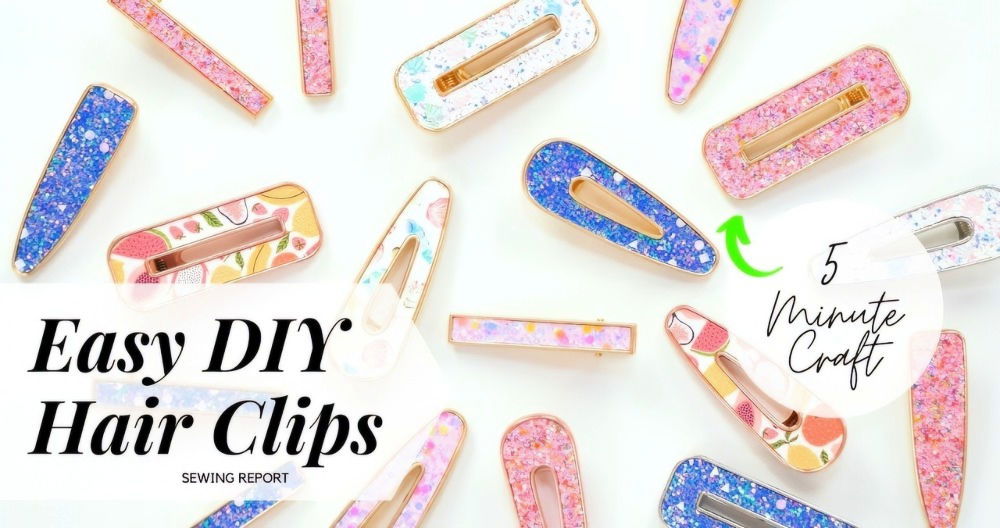Building a DIY squirrel-proof bird feeder was one of the most satisfying projects I ever took on. At first, I noticed squirrels raiding my bird feeder and stealing all the seeds. My feathered friends were left hungry and frustrated. So, I decided to build a feeder that would let birds eat in peace. The process was fun and quite straightforward, even for someone with limited DIY skills like me.
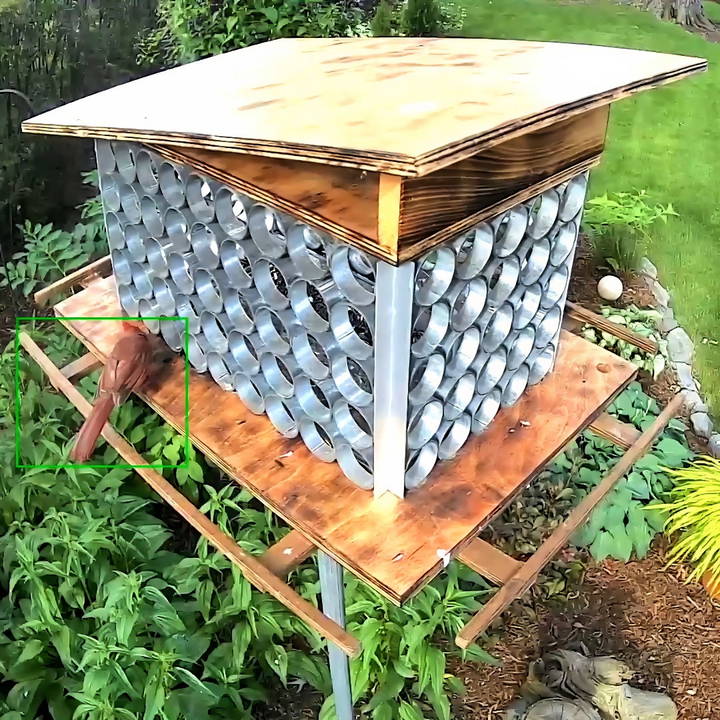
The best part was seeing birds happy and undisturbed at their new feeder. It boosted my confidence in DIY projects and added a touch of nature to my backyard. Now, I'm sharing the step-by-step process to help you, too.
I hope you find it useful and get inspired to start. This simple DIY squirrel-proof bird feeder project can bring joy and beauty to your garden.
Understanding Squirrel Behavior
When it comes to keeping squirrels away from bird feeders, understanding their behavior is key. Squirrels are incredibly agile and curious creatures, often seen as the acrobats of the animal kingdom. They have a remarkable ability to climb and jump, which can make squirrel-proofing a challenge.
Social Dynamics
Squirrels exhibit different social behaviors based on their species. For example, ground squirrels are known to be social animals, relying on their community for safety and support. On the other hand, tree squirrels are more solitary.
Communication
These furry critters communicate through a variety of signals, including vocalizations, tail wagging, and body language. Understanding these signals can help you anticipate their actions and better protect your bird feeders.
Sensory Exploration
Squirrels use their keen senses of sight, smell, hearing, and touch to explore their environment. This sensory exploration aids them in finding food and avoiding predators.
Food Caching
One of the most notable behaviors is their tendency to cache food. They bury nuts and seeds to retrieve later, which is why they might be attracted to your bird feeder as a potential source of food to store for later.
Adaptability
Squirrels are highly adaptable and can thrive in various environments, from dense forests to urban areas. Their adaptability means they can quickly learn to overcome obstacles, including those meant to keep them away from bird feeders.
Understand squirrel behavior to deter them from bird feeders. Choose feeder locations and designs that consider their agility. Use materials that are hard for squirrels to grip and place feeders far from jumping points. Aim to coexist peacefully while protecting the birds.
Materials You'll Need and Why
- Fence Posts: These posts are the backbone of our bird feeder. I discovered fence posts in my local hardware store that were the perfect diameter to block squirrels yet allow birds passage. Their affordability made them an excellent alternative to copper pipes.
- Quarter Inch Stainless Steel Bolts and Nuts: Essential for securing parts of the feeder together. Stainless steel is durable and resistant to rust, important for outdoor conditions.
- Angled Aluminum (1/16 by 3/4 inch): Used for the feeder's framework to provide structural integrity and support. Aluminum is lightweight and weather-resistant.
- Baltic Birch Plywood: For the base and top of the feeder, offering a sturdy platform and shelter for feeding birds. Baltic birch is known for its durability and resistance to warping.
- Tools and Miscellaneous: Including a pipe cutter, deburring tool, silicone for sealing, varnish for protection, and wax paper to prevent sticking during assembly.
Step by Step Instructions
Follow our step-by-step instructions on DIY squirrel-proof bird feeders to keep birds fed and squirrels at bay. Complete guide with clear steps!
Step 1: Measuring and Cutting the Pieces
I took the fence posts and, using a pipe cutter, cut each piece to 5/8 of an inch long. Ensuring uniformity in length is crucial for the assembly later on.
Step 2: Cleaning and Preparing the Edges
After cutting, each piece had rough edges that I smoothed out with a deburring tool. This step is important for the safety of both you and the birds.
Step 3: Assembling the Frame
I laid out the fence posts according to my design and used silicone to bind them together, building four sides of a square tube. A pro tip here is to use wax paper beneath your work area to prevent sticking.
Step 4: Making the Base
I cut a piece of Baltic birch plywood to serve as the base, ensuring it was slightly larger than the assembled frame for stability. This base provides a solid foundation and serves as a mount for the entire feeder.
Step 5: Adding a Protective Layer
Considering the feeder would be outdoors, I applied water-based varathane to all wooden parts for weather protection. It's crucial to choose a finish that's suited for outdoor use to ensure longevity.
Step 6: Installing the Top and Seed Tray
For the top, I used another piece of Baltic birch, adding an angled roof for aesthetic appeal. The seed tray was fashioned from smaller cut glass, placed within the frame but with a reduced size to outwit any squirrel attempts at reaching the seeds.
Step 7: Mounting and Final Adjustments
I mounted the feeder on a sturdy 4x4 post but included an option to mount it on a metal post as well. I also added simple bird perches around the feeder for our feathered friends to rest.
Trial and Adaptation
When the first squirrel discovered the feeder, it was a moment of truth. Initially, the squirrel couldn't access the seeds, thanks to the design. However, it managed to snatch a few by reaching in. In response, I adjusted the size of the seed tray. This minor adjustment made all the difference. Reducing the tray size and removing the unnecessary outer piece deterred the squirrel while still welcoming birds.
Results and Observations
The revised feeder design has been a resounding success. Squirrels can no longer raid the feeder, yet they do manage to pick up a few seeds that fall out - a fair compromise. The feeder now requires refilling just once a week, a testament to its efficiency.
Common Challenges and Solutions
Making a squirrel-proof bird feeder is a common challenge for bird enthusiasts. Squirrels are clever and persistent, often finding ingenious ways to access bird feeders. Here are some common challenges and practical solutions to help you keep squirrels at bay:
Squirrels Climbing Feeder Poles
- Solution: Use a baffle on the pole. A baffle is a dome-shaped object that prevents squirrels from climbing up to the feeder. Place it above the feeder if squirrels are jumping down from above or below the feeder if they are climbing up.
Squirrels Jumping to the Feeder
- Solution: Position your feeder at least 10 feet away from trees, buildings, or structures. Squirrels can jump long distances, so keeping the feeder in an open space reduces their ability to reach it.
Squirrels Chewing Through Feeders
- Solution: Invest in feeders made of durable materials like metal or heavy-duty plastic. These materials are more resistant to squirrel damage.
Squirrels Knocking Feeders Over
- Solution: Secure your feeder firmly. If it's hanging, use a strong cable or chain that squirrels can't chew through. If it's on a pole, make sure the pole is stable and anchored deeply into the ground.
Squirrels Eating the Bird Food
- Solution: Choose bird foods that squirrels dislike, such as safflower seeds or nyjer seeds. These seeds are less appealing to squirrels but still attract a variety of birds.
Keeping the Area Clean
- Solution: Regularly clean the area under the feeder. Spilled seeds attract squirrels, so keeping the ground clean can help deter them.
Address these challenges with suggested solutions for a squirrel-free bird-feeding experience. Be persistent and adjust strategies as squirrels adapt.
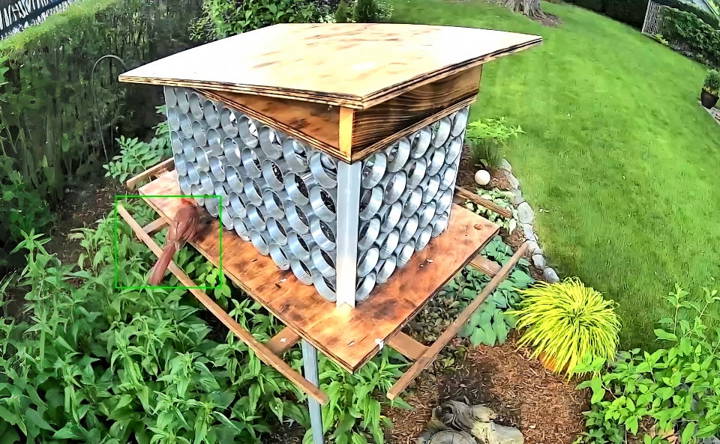
Feeder Maintenance Tips
Maintaining your bird feeder is crucial for the health of your feathered friends and the longevity of the feeder itself. Here are some tips to keep your bird feeder in top shape:
Regular Cleaning
Clean your feeder every two weeks to prevent the spread of disease. Use a solution of one part white vinegar to four parts water for a natural clean. If the feeder is very dirty, add some rice grains to the vinegar solution and shake vigorously.
Inspect for Damage
Check your feeder regularly for any signs of wear or damage. Look for cracks, loose parts, or any other signs that could harm the birds or allow squirrels to access the food.
Proper Storage
When not in use, store your feeder in a cool, dry place. This prevents mold growth and keeps the feeder ready for its next use.
Food Selection
Use the right type of food for the birds you want to attract. Avoid letting old, stale food linger in the feeder, as this can attract pests and may be harmful to birds.
Safe Placement
Place your feeder in a location that's safe from predators and away from high-traffic areas. This ensures that birds can feed without stress.
By following these simple maintenance tips, you can provide a safe and welcoming dining experience for birds while also ensuring that your feeder lasts for seasons to come.
How to Keep Squirrels Out of Bird Feeders
Squirrels are clever and persistent, but with the right strategies, you can keep them from raiding your bird feeders. Here's how:
1. Choose the Right Feeder:
- Baffles: Install baffles above and below hanging feeders. These cone-shaped or dome-shaped barriers make it difficult for squirrels to climb.
- Weight-Activated Feeders: These feeders close when a squirrel's weight is detected, preventing access to the seed.
- Squirrel-Proof Feeders: Look for feeders specifically designed to keep squirrels out. They may have cages or other mechanisms that prevent access.
2. Placement is Key:
- Height: Hang feeders at least 5 feet off the ground and 10 feet away from trees, fences, or other structures that squirrels can use as launching pads.
- Metal Poles: Squirrels have trouble climbing slippery metal poles. If you use a pole to mount your feeder, coat it with petroleum jelly or a squirrel-repellent spray.
3. Picky Seed Choices:
- Safflower Seeds: Squirrels dislike the bitter taste of safflower seeds, but birds enjoy them.
- White Proso Millet: This type of millet is less appealing to squirrels than other varieties.
- Hot Pepper: Add a sprinkle of hot pepper flakes or cayenne pepper to your birdseed. Birds won't be bothered, but squirrels will find it irritating.
4. Keep It Clean:
- Regularly clean up spilled seed: Spilled seed is an invitation for squirrels. Clean up any mess promptly.
- Relocate the feeder if necessary: If squirrels are persistent, try moving the feeder to a different location.
5. Build Obstacles:
- Slinkies: Attach a slinky to the pole below the feeder. The springy nature of the slinky makes it difficult for squirrels to climb.
- Spinning Squirrel Baffles: These baffles rotate when a squirrel tries to climb, making it impossible for them to reach the feeder.
Additional Tips:
- Vary your tactics: Squirrels are adaptable, so try different combinations of these techniques to find what works best in your yard.
- Be patient: It may take some trial and error to find the perfect squirrel-proofing solution.
- Don't give up: With persistence, you can keep your bird feeders squirrel-free and your feathered friends happy.
FAQs About DIY Squirrel-Proof Bird Feeder
Discover the top FAQs about DIY squirrel-proof bird feeders. Learn tips, tricks, and solutions for keeping squirrels away from your bird feeder.
Ensure the feeder is high off the ground and away from trees or structures squirrels can jump from. Using a slippery substance like petroleum jelly on the pole can also deter them.
Yes, designs such as a PVC bird feeder pole or a stove pipe feeder are known to be effective. These designs utilize materials and shapes that prevent squirrels from getting a grip and accessing the food.
Absolutely! Adding a baffle—a dome-shaped object above or below the feeder—can block squirrels from reaching the feeder. Adjusting the placement to be further from jump-off points can also help.
Squirrels are less attracted to suet feeders because they find this type of feed harder to eat from. Opting for seed mixes without nuts or sunflower seeds, which are favorites of squirrels, can also reduce their interest.
To make your bird feeder pole slippery, you can apply a coat of petroleum jelly or coconut oil. These substances make a slick surface that squirrels find difficult to grip, preventing them from climbing up to the feeder. Reapply as needed to maintain its effectiveness.
Conclusion: Satisfaction and Reflections
By trying this project, you can keep squirrels away and enjoy watching birds in your yard. Give it a go! You'll see that making a DIY squirrel-proof bird feeder is not only easy but also very rewarding!


